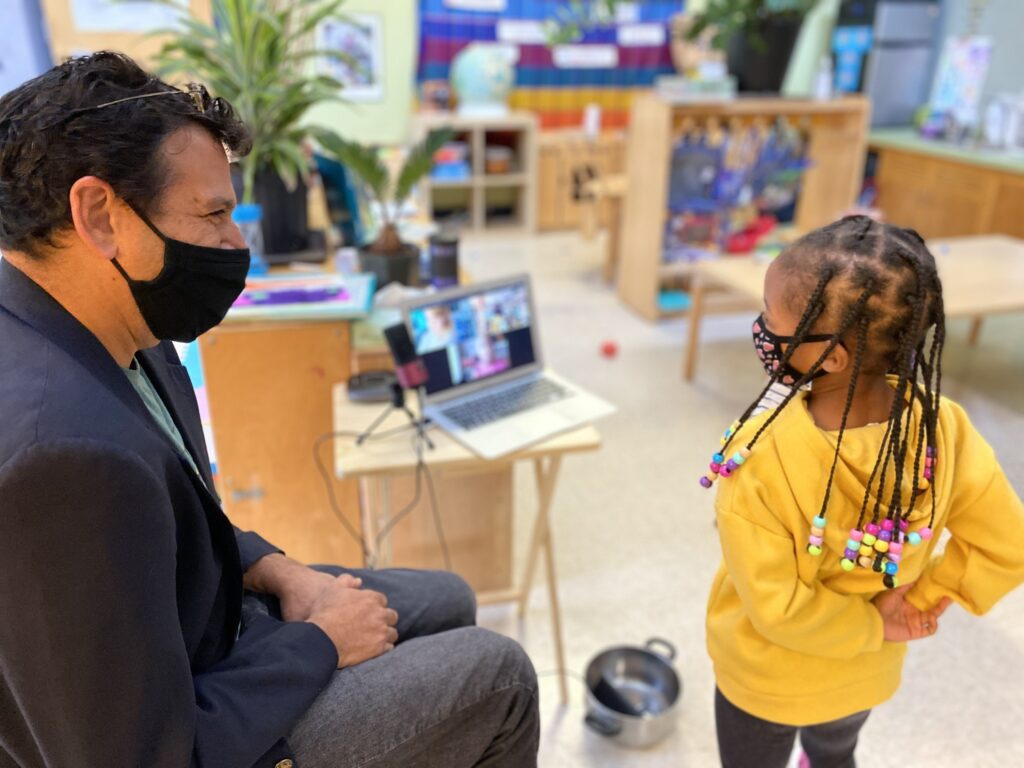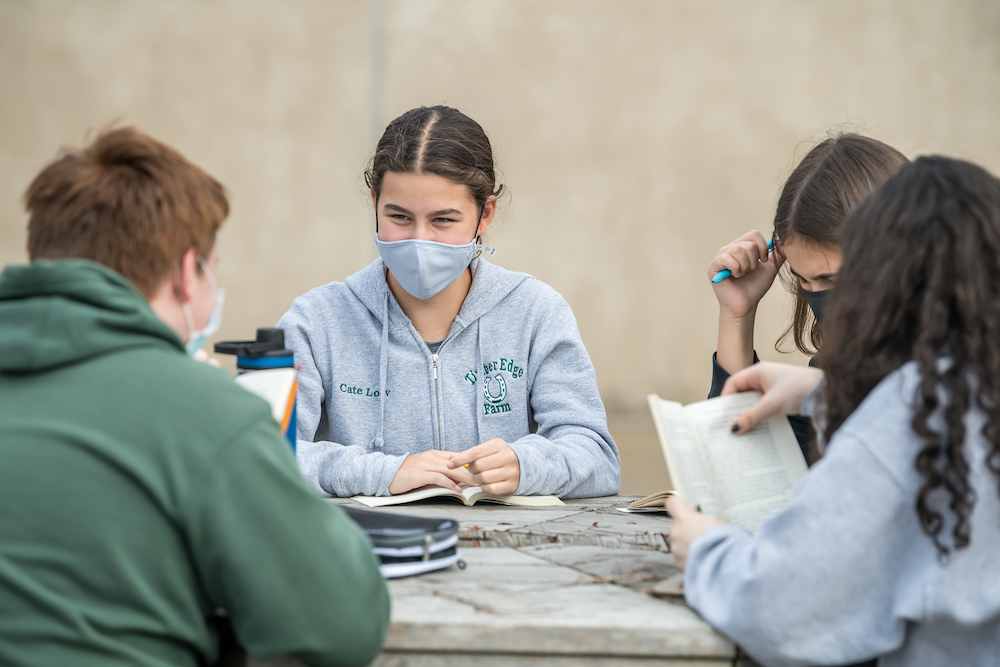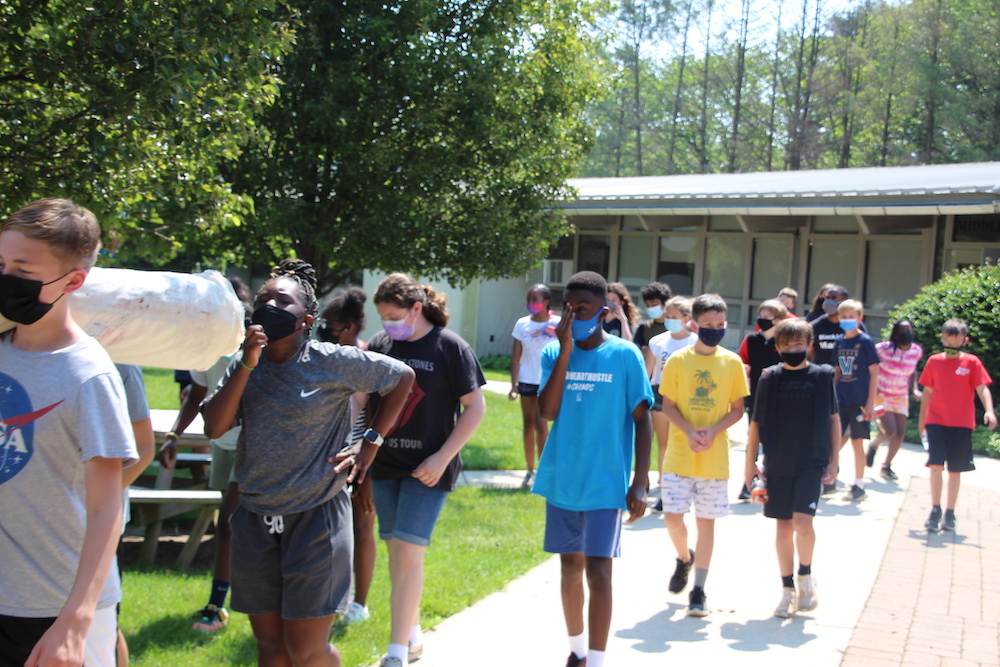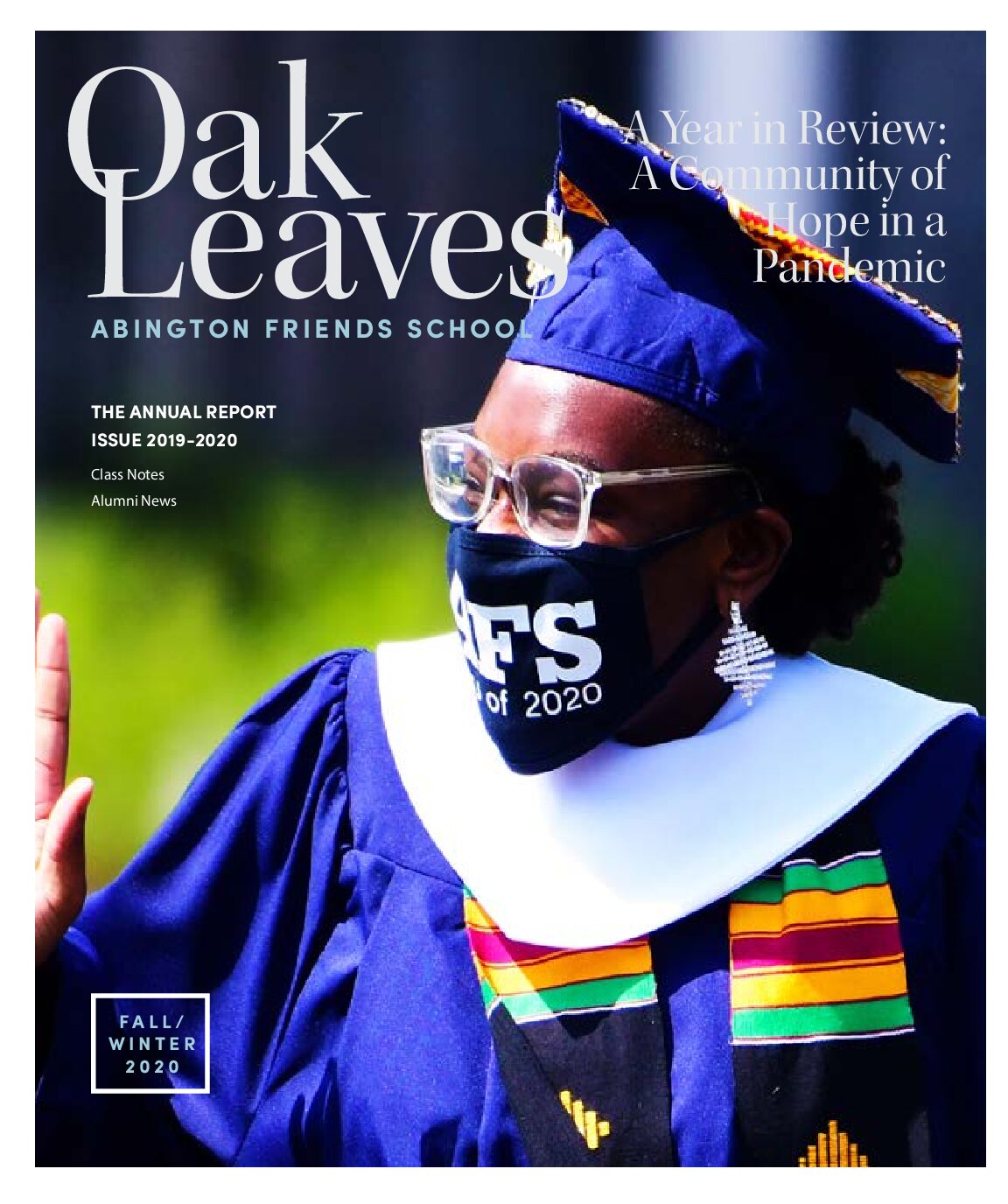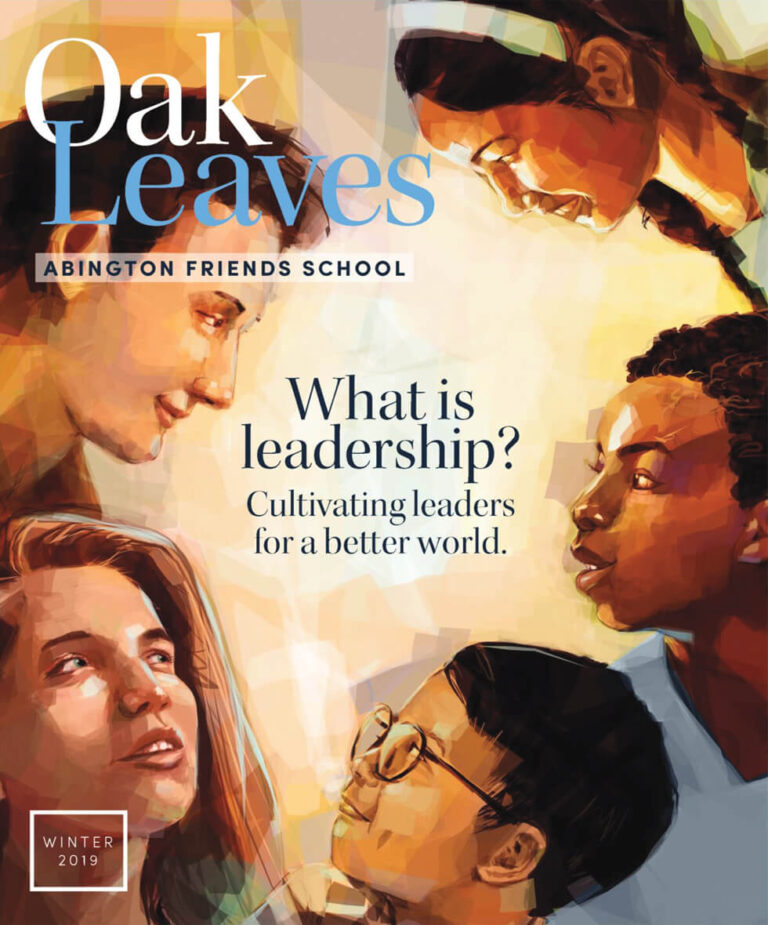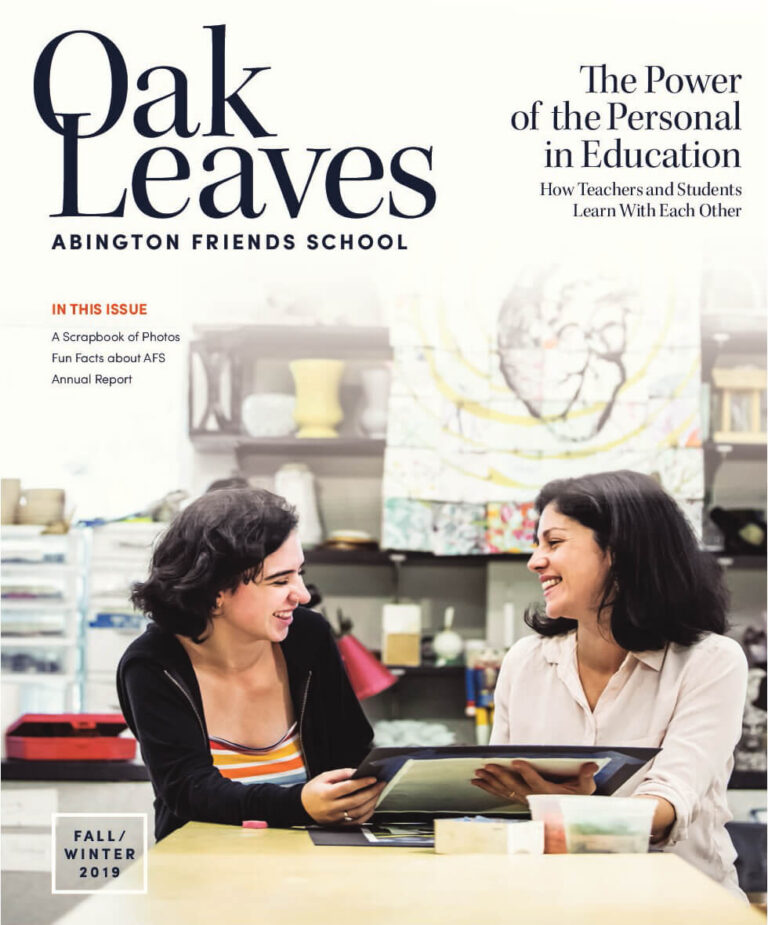Scrapbook
Tales from the Past: The Pandemic—Then & Now
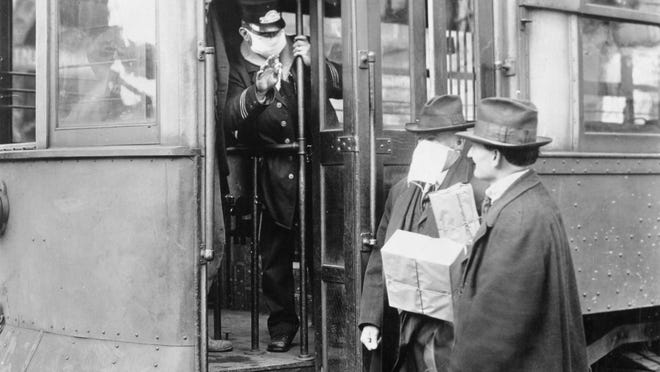
In the spring of 1918, the influenza virus hit Europe, the United States, and Asia, followed by two subsequent waves of infection in the fall of 1918 and the winter of 1919. According to the Pennsylvania Historical & Museum Commission, by the end of the 1918 pandemic, one third of the world’s population was infected, with total deaths estimated to be at least 50 million but perhaps as high as 100 million.
Jordan Landes with the Swathmore Friends Historical Library, found a page from Abington Meeting’s records in 1918 in which Ella S. Mitchell, Clerk, wrote, “Owing to the ban placed by the government on all social and religious gatherings during the recent epidemic of influenza, Preparative Meeting was held….[illegible writing].”
History repeats itself 100 years later with the banning of social gatherings and mask requirements in the last year and a half.
Just like the current coronavirus pandemic, the 1918 virus was brutal and highly contagious, which meant it spread swiftly and mercilessly, rendering people severely ill and often killing them in a matter of days or weeks. Symptoms mirrored those we see with COVID-19, including high fevers and muscle & joint pain. Again, just like today with the Delta variant, a century ago the virus mutated quickly, causing massive outbreak in the second and third waves.
Records show that Philadelphia was the American city with the highest, most rapidly accumulating death toll in the worst pandemic in recorded history. The virus took hold of Pittsburgh three weeks later. The outbreak began to subside in the spring of 1919.
While the modern-day pandemic is on-going, the 2020-2021 school year at AFS was largely intact with the exception of the upper school operating on a rotating schedule where some students were on campus and some learned from home. The winter season was a time when transmission was high in the region and the school’s pandemic team made the decision to shift to virtual teaching. During the week of Thanksgiving classes moved online for two weeks, with a plan of returning to school in December. However, climbing rates meant that the doors to AFS would remain closed until after winter break while students learned from home. All students and staff were tested for Covid-19 before returning to school on January 11, 2021. There were no positive results returned in that round of testing and the school year finished with no known cases of in-school transmission at AFS.
See more Scrapbook